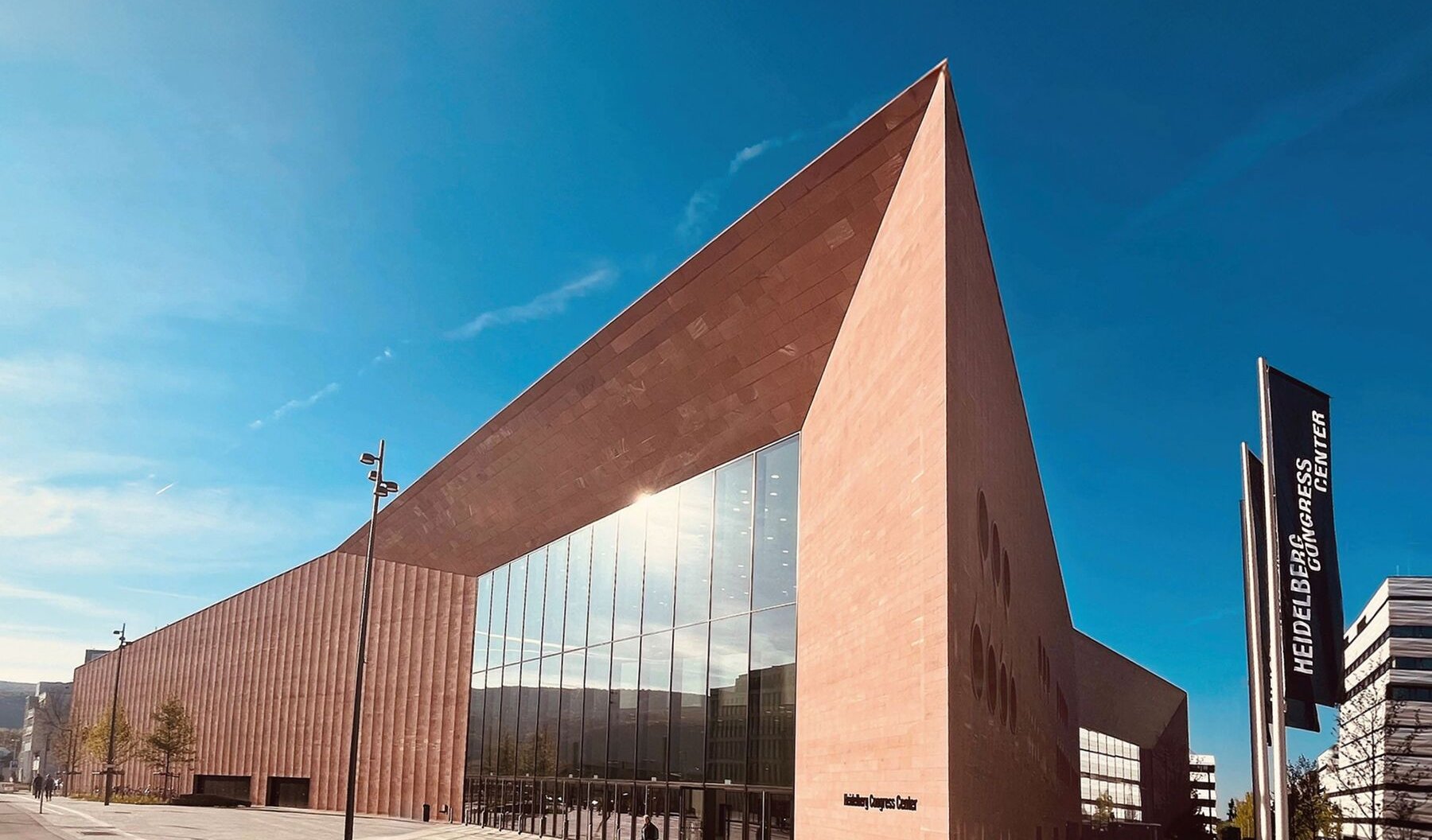
Program
Featuring
Other information
The event is about 2.5 hours long.
About the event
“Igor Levit is like no other pianist,” The New Yorker has said. It’s a fact: there are few performers out there who would play a total of three Prokofiev concertos on two consecutive days, and then two more at a third concert, including one of the most challenging pieces in piano literature as well as a composition written specifically for the left hand. The solo of Piano Concerto No. 2 was one that posed a significant challenge even for Prokofiev, and to this day only the most daring pianists are willing to perform it. No. 4 is one that not even the man commissioning the piece was willing to tackle. Even today, it is seldom performed. Full of deep emotions and coupled with passion, the virtuoso challenge is framed by an opera suite and a symphony. It was Prokofiev himself who turned his satirical opera The Love for Three Oranges into a six-movement orchestral excerpt, just as it was he himself who gave his first symphony the telling title “Classical.”
The melancholic prince laughs at the wicked witch who trips over her own foot; the witch then casts a curse on him: he must find three giant oranges which hide beautiful girls. But only the third one stays alive, and the prince eventually marries her. That is the plot of The Love for Three Oranges in short. The 1924 suite includes a prologue showcasing the characters, portrayed by instruments; a shadowy game of cards; the infamous “mistuned” march; a scherzo; a romantic intermezzo; and finally the comic closing scene.
Prokofiev composed his Piano Concerto No. 2 in 1913, in response to criticism of his first piano concerto, and to commemorate his pianist friend Maximilian Schmidthof, who had committed suicide. The composer was accused of “futuristic impertinence” following the scandalous premiere of the piece. After the manuscript was lost in a fire, Prokofiev recreated and reworked the piece from memory. The version we know today, of which the composer said “the cats on the roof make better music,” is a work in four movements. Following the overture, where romanticism clashes with the grotesque, a scherzo lasting a few minutes is next; and after a sluggish, wry and grandiose intermezzo, the concerto concludes with a stormy finale.
The Austrian pianist Paul Wittgenstein, who lost his right arm in World War 1 and had also commissioned Ravel’s famous left-hand piano concerto, requested Prokofiev to compose a piece for him. The piece is flanked by two versions of the same rondo. While the first movement exudes both cheerfulness and nervousness, the finale represents a dull presentation of the same melody, followed by its recurrence as an angry trample and then a modest loftiness. Between the two are the slow movement evoking the romance of Romeo and Juliet and a moderato hesitating between ominousness and lightness.
A few years after Stravinsky’s The Rite of Spring and his own Piano Concerto No. 2, Prokofiev surprised his audience with a “classical” symphony. “It seemed to me that had Haydn lived in our times he would have retained his own style while accepting something of the new at the same time. That was the kind of symphony I wanted to write,” the composer said, who in many ways kept true to tradition. He composed a work of four movements in a typical arrangements, with a sparing musical fabric and reserved instrumentation. Its light humor does evoke Haydn, but it also displays its own dissonant musical language.